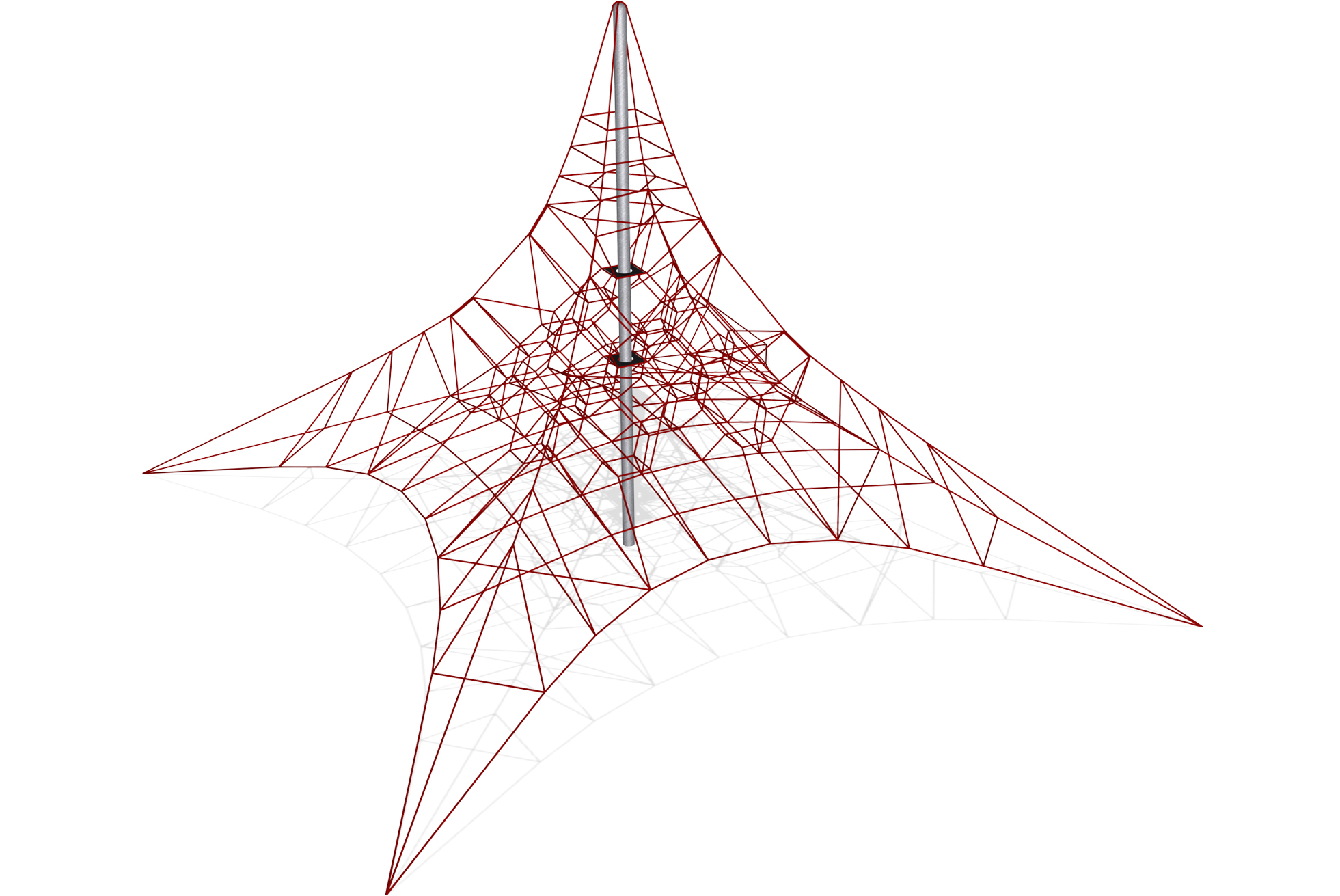
- #SPACENET AI SERIAL#
- #SPACENET AI FULL#
- #SPACENET AI PRO#
- #SPACENET AI SOFTWARE#
- #SPACENET AI SERIES#
#SPACENET AI PRO#
For greater efficiency, the SkyEdge Pro is equipped with an advanced user interface with LCD and keypad navigator enabling improved operation and maintenance of remote VSA T s providing a variety of value added services using the LCD display.
#SPACENET AI SOFTWARE#
All software can be easily managed, fully controlled and updated over the air, remotely from the NMS.

As software is embedded into the VSATs, there is no need for external boxes or installation of software on the client’s PC.
#SPACENET AI SERIAL#
Other value-added expansion cards are a Quad LAN interface for connecting multiple IP devices as well as a multiple serial ports enabling revenue-generating applications such as PoS, ATM and credit card readers or dial-back via external modem.
#SPACENET AI FULL#
This flexible architecture creates a simple way to deliver outstanding features such as full mesh support and high telephony capacity by simply adding Mesh and voice expansion cards with up to 12 telephone lines per VSAT.
#SPACENET AI SERIES#
WHERE WE’VE BEEN-THE SPACENET CHALLENGE SERIES SO FARĮach SpaceNet challenge has built on the advances of the last, getting incrementally more complex and resulting in more useful computer vision solutions over time: The stakeholders of this contest believe this challenge will aid efforts to develop useful tools for overhead change detection.ĬosmiQ Works’ blog, The DownLinQ, provides additional background information on this challenge, and an overview of the dataset used in the challenge. Timely, high-fidelity foundational maps are also critical to a great many domains including disaster response planning and population estimation.īeyond its relevance for disaster response, disease preparedness, and environmental monitoring, SpaceNet 7 poses a unique challenge from a computer vision standpoint because of the small pixel area of each object, the high object density within images, and the dramatic image-to-image difference compared to frame-to-frame variation in video object tracking. clouds, haze, seasonality) directly from overhead imagery will be of great utility in one of SpaceNet’s key goals: advancing foundational mapping. The ability to uniquely identify buildings in dynamic locales and observation environments (e.g. Challenge participants will be asked to track individual building construction over time, thereby directly assessing urbanization. SpaceNet 7 seeks to identify and track buildings in a time series of satellite imagery collected over rapidly urbanizing areas. What does that actually mean? We’ll explain… WHAT’S NEW IN SPACENET 7 Spacenet 7: Multi-Temporal Urban Development Challenge-is now live. Each SpaceNet challenge results in algorithms that could prove useful in disaster relief and non-commercialized mapping.

Since 2016, SpaceNet has leveraged the Topcoder community to create these algorithms, and solve an increasingly complex series of geospatial mapping problems. The open innovation project SpaceNet aims to create accurate machine learning algorithms that can identify building blueprints and road networks from satellite imagery.


 0 kommentar(er)
0 kommentar(er)
